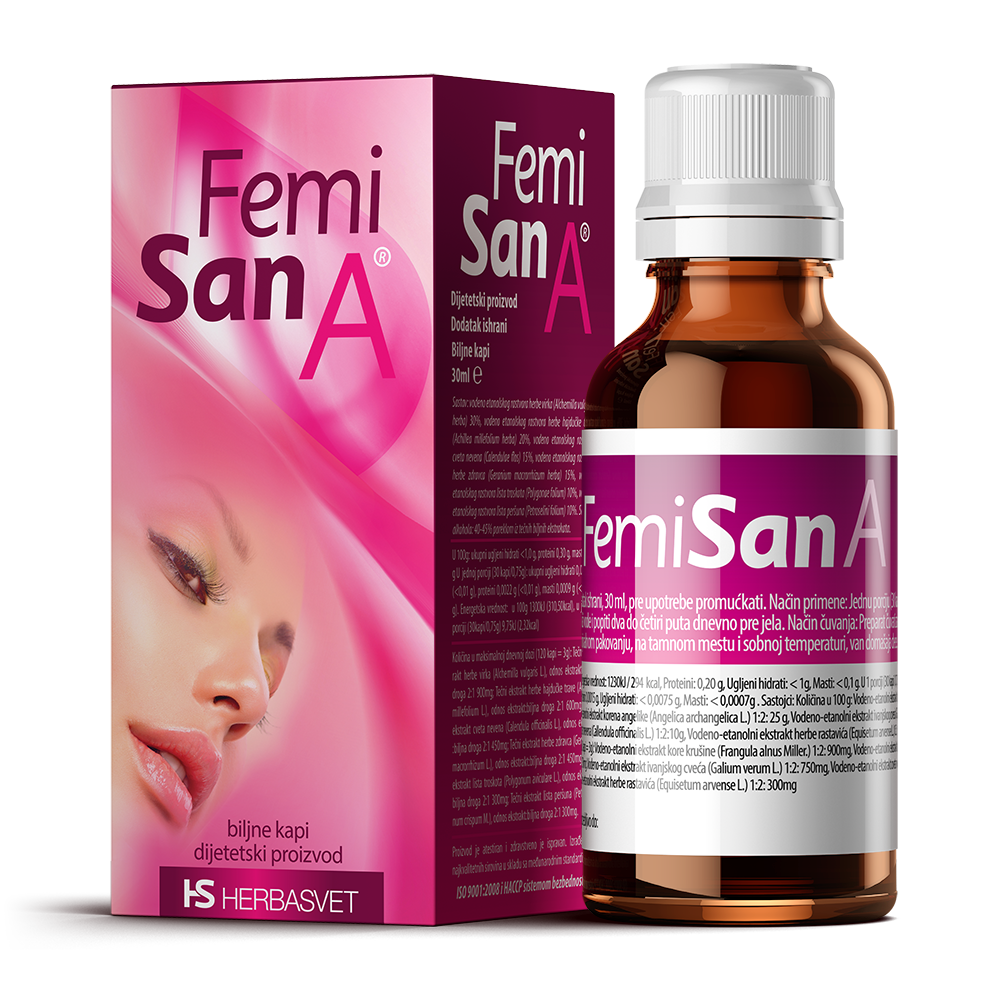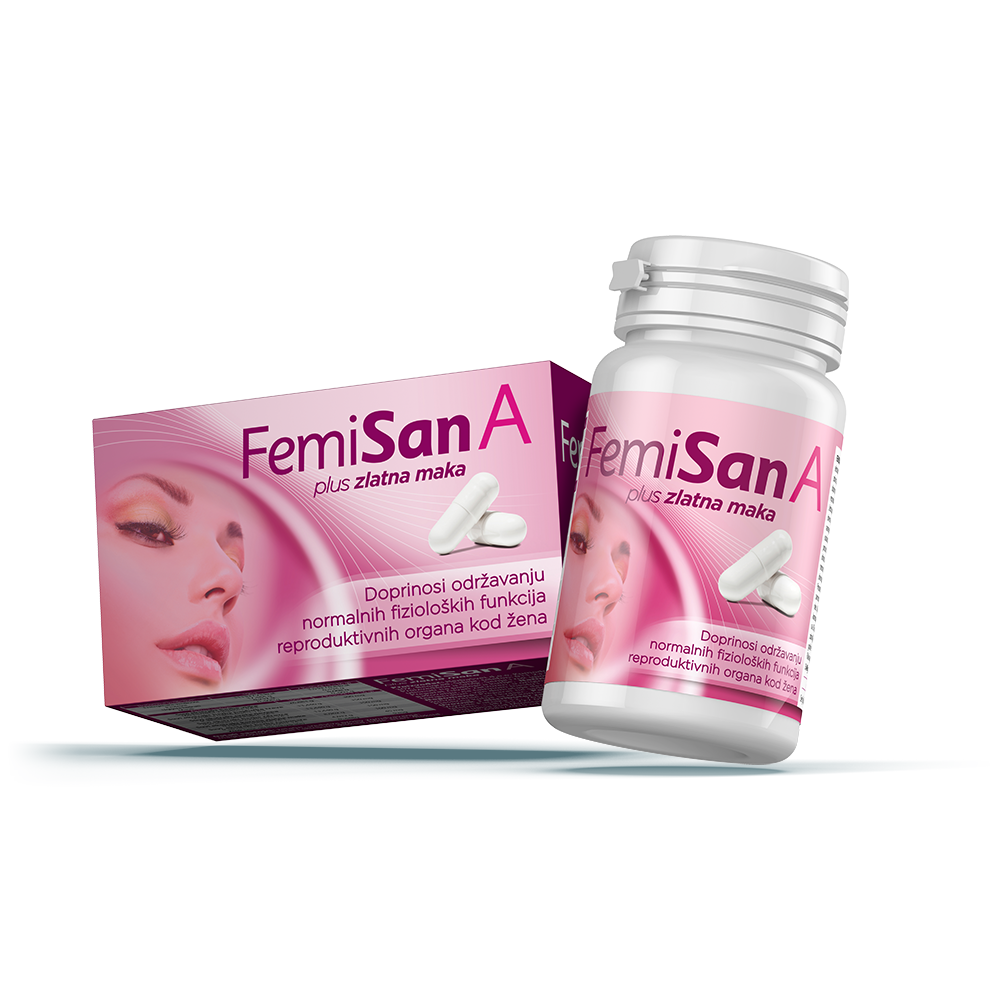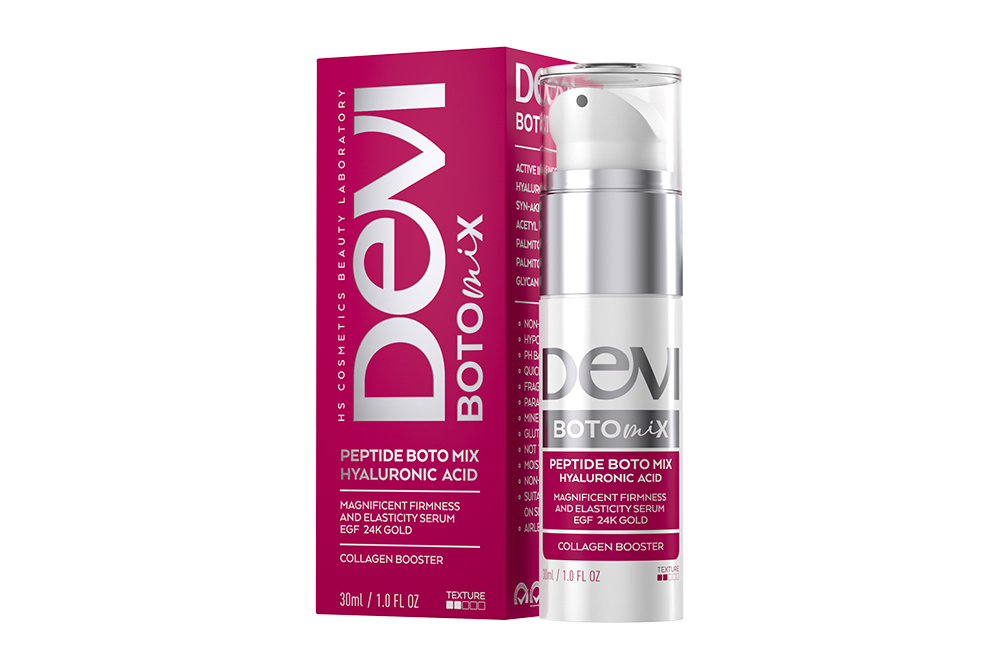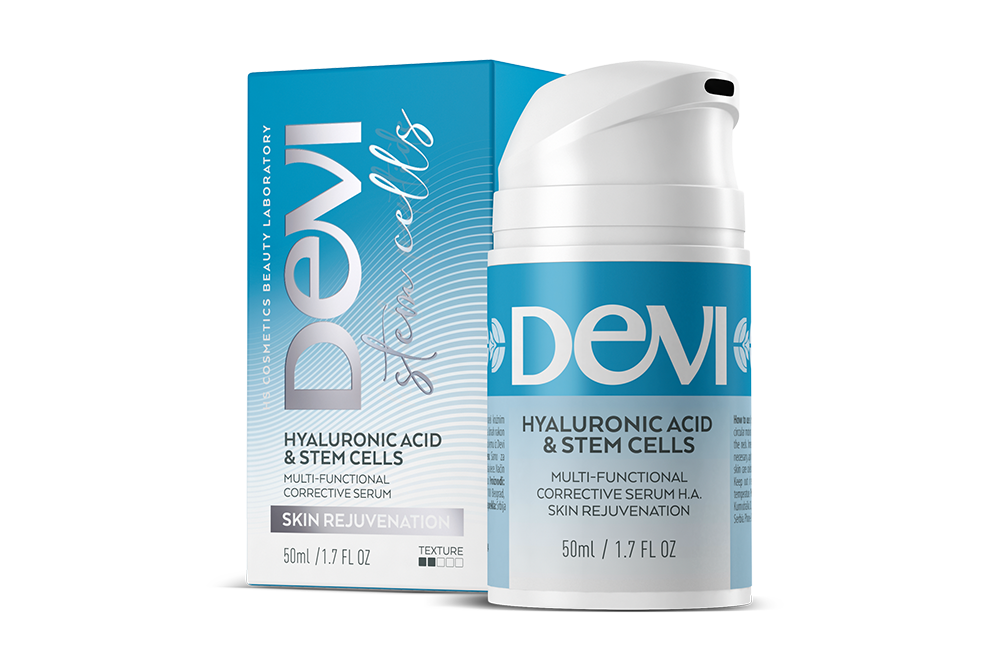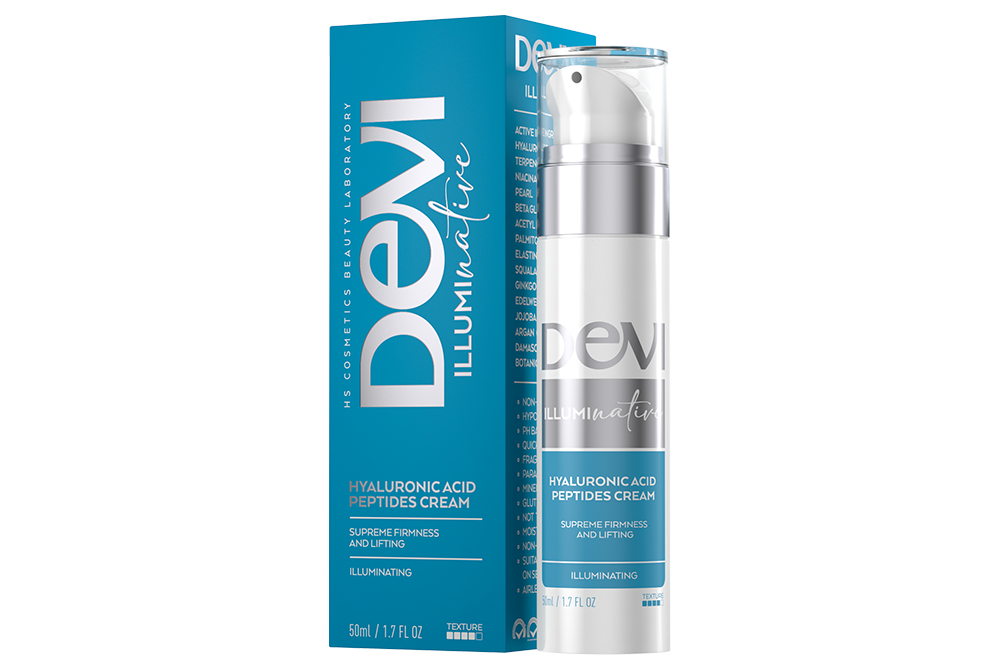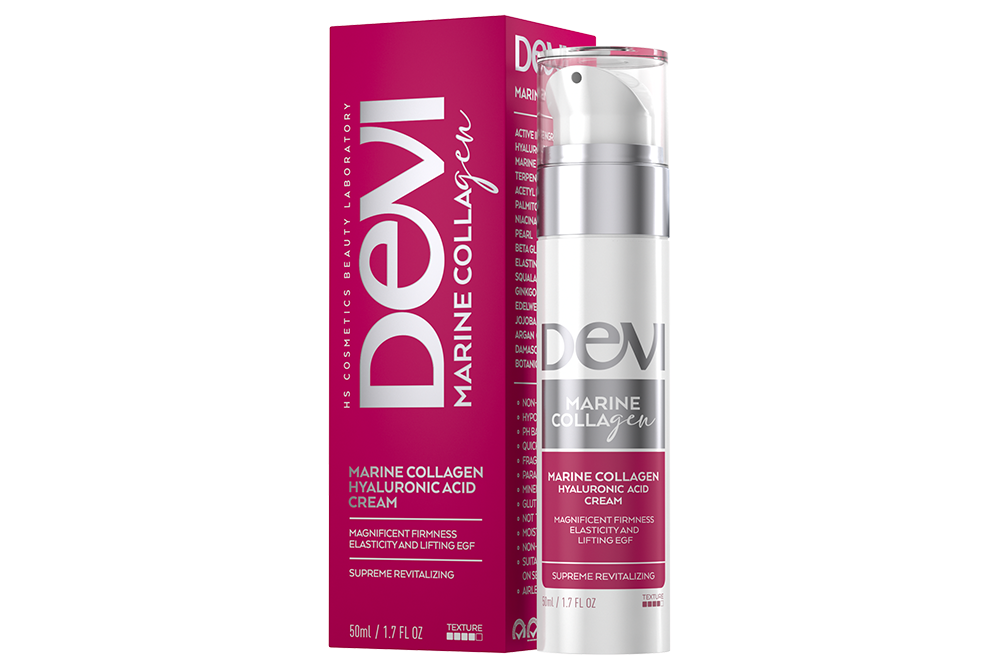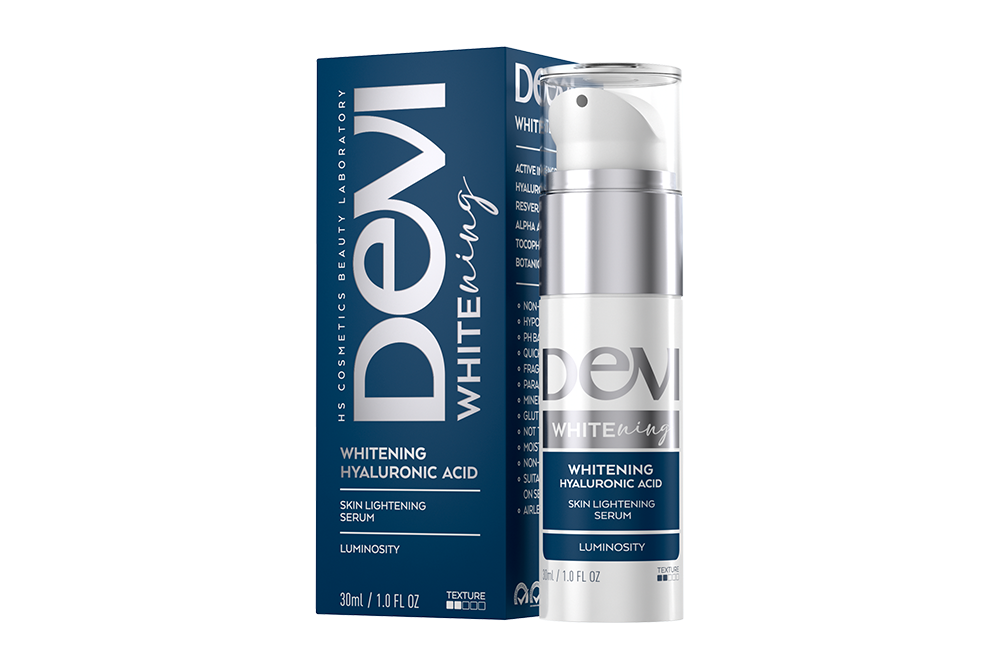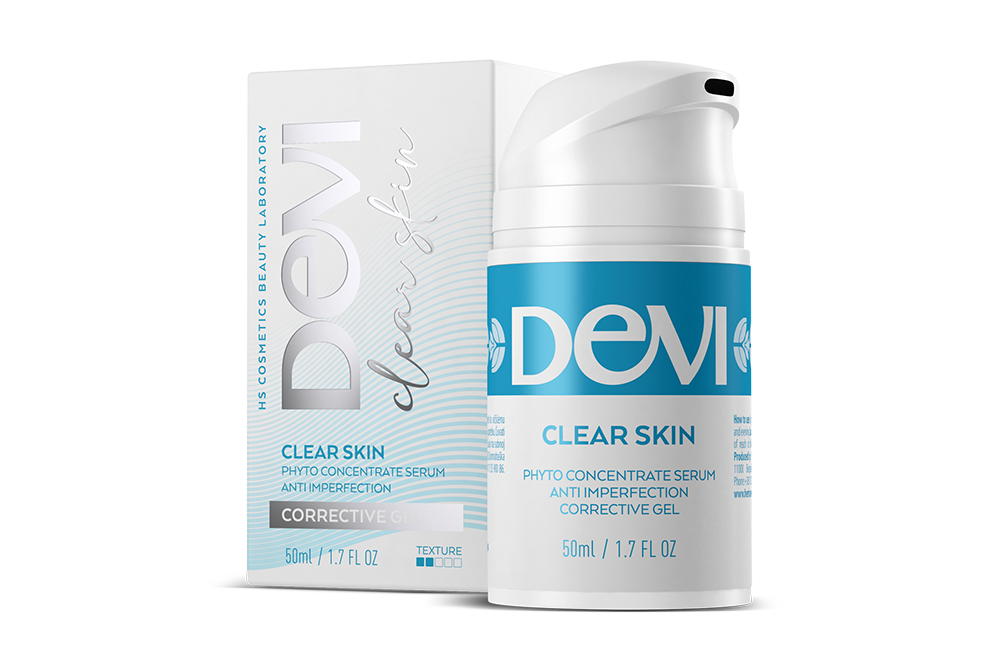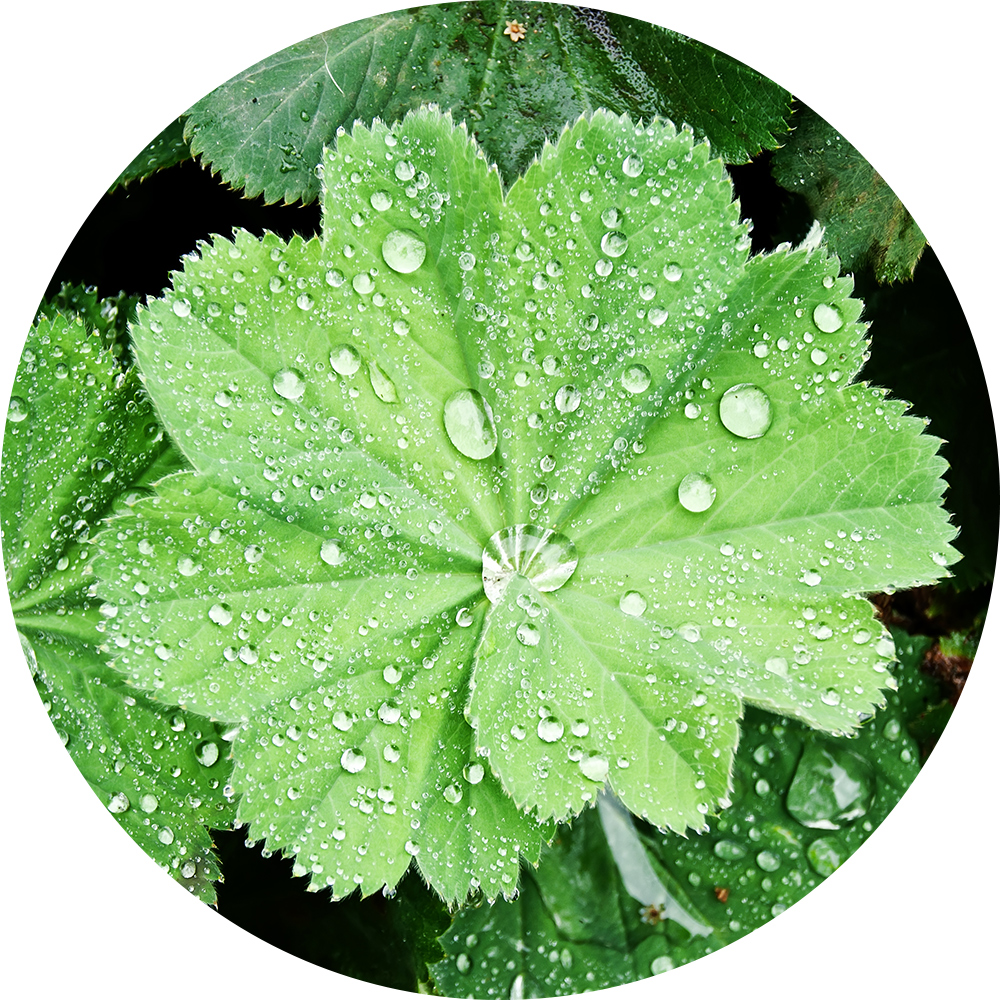(Alchemilla vulgaris)
Lady’s mantle was given its scientific name Alchemilla vulgaris thanks to alchemists’ belief that dew on its leaves could lead them to philosopher’s stone which has the ability to transform base metals into gold. According to another version, the word alchemilla originates from Arabic – alchemelych – heaven’s dew. Both versions make sense: lady’s mantle is a pretty plant on whose leaves one can see droplets shining like little pearls throughout the day. Probably it was its beauty that it first attracted our ancestors who soon realised that lady’s mantle’s biggest value lay in its medicinal properties.
Some people value gold, some value health and that is the alchemy that lady’s mantle can perform. The first description of lady’s mantle dates back to 1539, when the German botanist and physician Hieronymus Bock, known also by his Latin name Tragus, kicked off the process of modernising medieval botany. Bock laid the foundations of modern science with his catalogue of 700 plants based on observation and detailed description. Kreutterbuch, literally translated as the “plant book”, first appeared unillustrated. In the following 1546 edition it contained excellent drawings by the artist David Kandel. This particular book later served as a basis for Carl Linnaeus’ bionomial nomenclature, the modern system of naming organisms.
Bock knew well where each plant grew, which shows that he must have travelled far and wide researching vegetation in the field. It is not by accident that it was a German scientist who classified lady’s mantle in his book as a very important and useful plant; the plant was highly respected by the ancient German tribes and was devoted to Frigg, the goddess of beauty and fertility.
TINY PEARL OF WOMEN’S HEALTH
Lady’s mantle can be found all over our hilly Balkan peninsula. It is precisely the hills and mountains that are very important when it comes to this perennial, herbaceous plant, because its healing properties also depend on the altitude at which it is harvested. A pearl that “looks down on us” is more healing than the one that grows in the valleys. It has been used in folk medicine since time immemorial. Apart from helping with stomach problems and diarrhoea, it helps to heal wounds and calm skin infections. It is most useful to women. Its precious ingredients – tannins, bitter glycosides, flavonoids, phytosterols, salicylic acid, saponins, ethereal oil – have anti-inflammatory, anti-bacterial and anti-fungal properties.
Scientific basis for the use of lady’s mantle in folk medicine was given by the European Scientific Cooperative on Phytotpherapy (ESCOP) in its monograph which confirms a number of its pharmacological properties: astringent (it “shrinks” wounds and stops bleeding both on the skin and the mucous membranes), antioxidant, anti-inflammatory , angioprotective and haemorheoligicalas; it also plays a role in enhancing thyroid function.
The famous Swiss herbal professor Johann Küncle once emphasized the importance of this plant in preventative medicine by saying that “30 per cent of gynaecological interventions can be avoided with the help of lady’s mantle. He was absolutely right because, when it comes to women’s diseases, this natural hormone balancer has a wide range of positive effects in the treatment of the following disorders:
- irregular, absent (amenorrhea), heavy and painful periods (dysmenorrhea)
- ovarian cysts, polycystic ovary syndrome (PCOS)
- uterine fibroids
- endometriosis
- problems with conception, infertility (sterility)
- increased secretion (leukorrhea)
- PMS
- uterine prolapse (uterine prolapse)
- polyps
- inflammation of the ovaries
ALCHEMIST OF NEW LIFE
Lady’s mantle is also known to ease labour pain, speed up wound healing and recovery after childbirth. Tannins and astringents prevent increased bleeding and lessen period pains. That lady’s mantle is an alchemist is proven by the fact that it takes part in the magic of creating a new life: it regenerates the uterus, strengthens uterine ligaments and endometrium (the inner lining of this organ), tones it, and by stimulating microcirculation in the ovaries it facilitates good and regular ovulation, which are all prerequisites for easy and healthy conception. That is why it is an obligatory ally of all women who struggle with sterility. It is not by accident that lady’s mantle was devoted to Frigg, the goddess of fertility, and later in the Middle Ages, to Virgin Mary, our Lady, whose mantle or protector it was. Once upon a time women used to pick lady’s mantle and kept it in vases at home to increase femininity and attract love. Today we know that lady’s mantle gives its contribution to birth rate by increasing the growth of progesterone and normalising hormonal levels, which is the basis of a healthy reproductive system in women. When used regularly before pregnancy and when it leads to conception, its effect lasts a long time ensuring that pregnancy is free from from complications and does not result in a miscarriage.
Modern pharmacology has established that its anti-fungal properties can help fight fungus and bacterial vaginitis; thanks to its power to prevent bacterial growth, some experience shows that it helps even to fight staphylococcus. Scientific research has proven a wide spectrum of lady’s mantle’s effects, including anti-viral – it is useful in treating conditions caused by the human papillomavirus and its ingredient agrimoniin contributes to the destruction of breast cancer cells. A study that looked into cardiovascular disorders determined the effectiveness of this plant in hypertension. Research into the healing properties of lady’s mantle which grows in Serbia has proven its antioxidant and anti-tumuor properties.
UNDER THE MANTLE OF ETERNAL YOUTH
A legend has it that women used to believe that dew droplets from lady’s mantle leaves can help them stay forever young. But the ritual was not simple: at midnight, only on the nights when the Moon is full, fully naked, they would have to dip their small toe in the dew on lady’s mantle. Today we know that we do not have to be naked and wait for midnight, but lady’s mantle can certainly help us remain young for longer: in addition to using its leaves to treat skin conditions, it is excellent in reducing wrinkles and age spots. But the biggest aesthetic benefit is that lady’s mantle can enable us to maintain a good hormonal balance and thus remove the unwanted symptoms of such imbalance: obesity, acne, greasy skin, increased hairiness. And when the menopause time comes it can reduce its symptoms too.
Lady’s mantle can be used on its own, as an infusion or herbal drops, but it is best used in combination with other medicinal herbs, such as yarrow, marigold, herb robert, shepherd’s purse and parsley. Nowadays we do not have climb hills and mountains in search of these herbs because they can be found in their clearest and most usable form and perfect proportions in the completely natural preparation in our pharmacies. Femisan A, “cloaked in lady’s mantle” has been a woman’s best friend for two decades.
